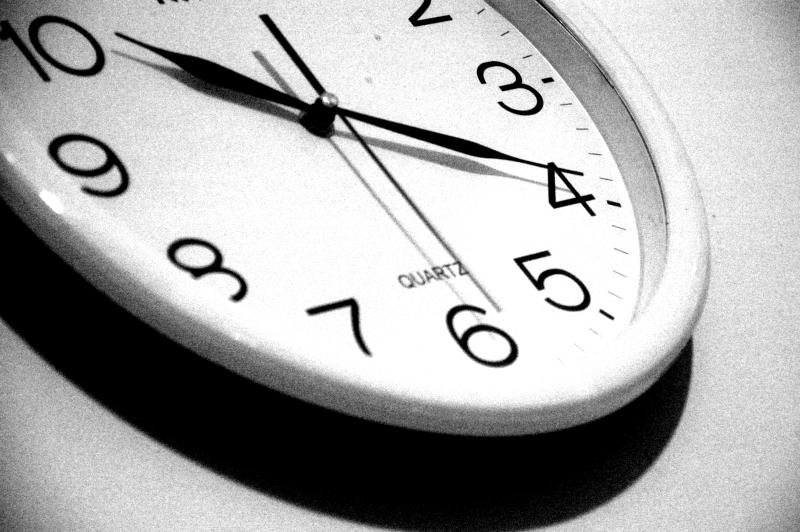How does our body know when to go to sleep and when to wake up?
The control center in our brain operates an internal biological “clock” called the circadian clock. The circadian clock drives rhythms in our body that follow a 24-hour cycle and control different physiological processes like hormone production, core body temperature, and sleep patterns. Circadian rhythms follow the alternating light and dark cycle in our environment. Every day, our clocks are “set” at whatever time we are first exposed to bright light in the morning and we begin our day there.
These circadian rhythms work together in harmony, so there is a strong link between our sleep-wake cycle and core body temperature changes. Our inner body temperature is rising at the time we perceive morning light and wake up. Increasing temperature keeps us awake, while decreasing temperature causes us to feel sleepy. So when our core temperature reaches its highest point in early evening and starts to decline, we begin to feel sleepy because our body knows it is time to go into the resting state soon.
Understanding this rhythm in core body temperature can help us to understand how we can work with our body to properly fall asleep, stay asleep, and wake up at the right time. For example, a study published in Nature (1999) showed that the time it takes to fall asleep is best predicted by how warm our hands and feet are right before bed. Our hands and feet increase in temperature as heat escapes from the core, into the body periphery, as it cools down. The periphery can take in more heat when its blood vessels dilate to increase blood flow. The greater this blood vessel dilation, the more heat can escape from the core to help it cool down, and therefore the faster we can fall asleep.
This would be something worth trying out for those of us who have trouble falling asleep right away– especially if we tend to have cold hands or feet (i.e., poor blood circulation). Try a light stretch or exercise to warm your hands and feet, or place something warm, like a hot water bottle, between your feet before you go to bed and see how it works for you!
Feature Image Source: Jermia Zhang










